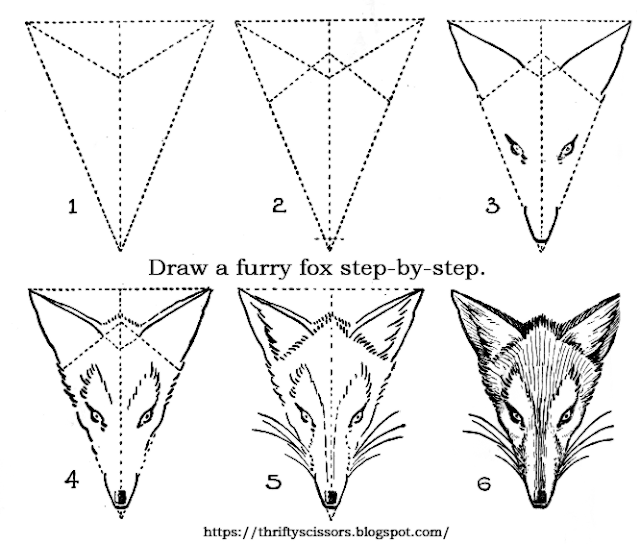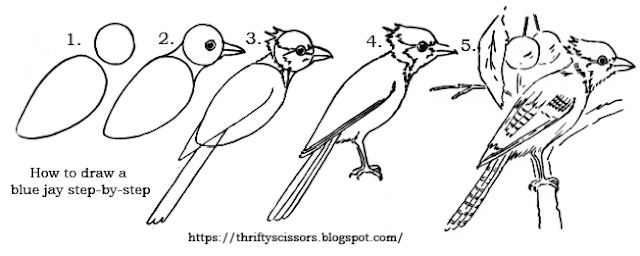The following illustrated Christmas toys may be duplicated larger, smaller, or the same size by the use of a grid drawing system. Read about Enlarging and Reducing Pictures Here. After learning this method you can use these pictures as patterns for ornaments, artwork or for making a picture with them. Illustrations include: a rocking horse, drum, ball, football, wheelbarrow, Noah's ark, wooden tree, sail boat, candy cone, trumpet, sled, book and lamb on wheels.
- "Mad Cat" Bench for Children uses a grid system to transfer a pattern.
- Swinging Arm Dolls, a Lighthouse stool, a bucking bronco rocker, and a pig shaped stepping-stool all use this grid system for transferring patterns.
- 10 Free Woodcut Patterns for Tree Ornaments uses a grid system for transferring images.
 |
| Teaching students to transfer images by drafting a grid and making comparisons reinforces many math and artistic skills. |



















